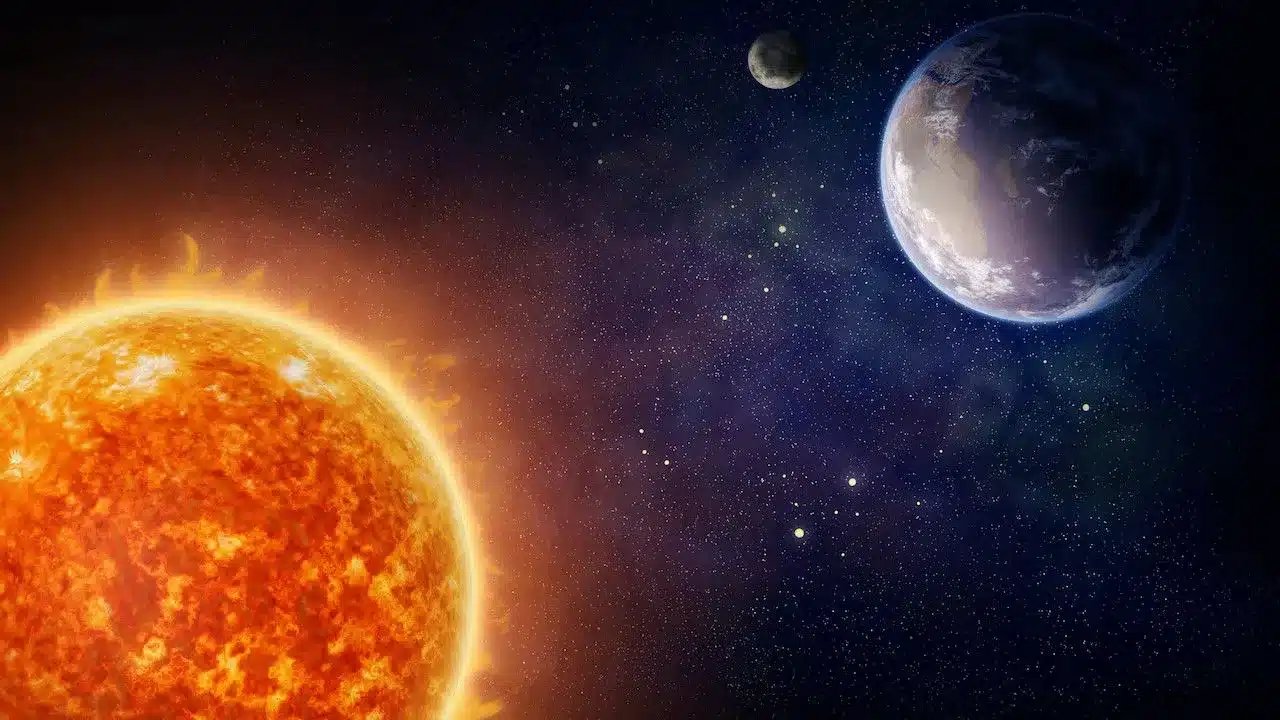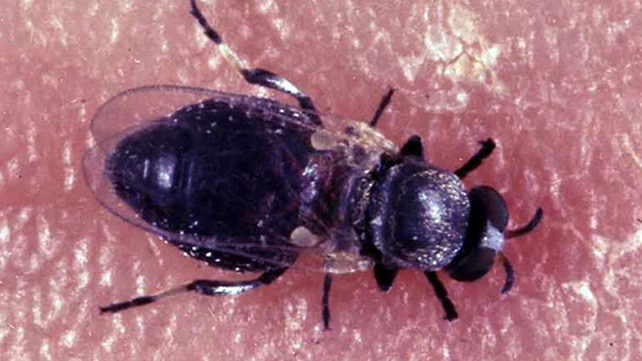About Solar Cycle:
- Our Sun is a huge ball of electrically charged hot gas.
- This charged gas moves, generating a powerful magnetic field.
- The Sun’s magnetic field goes through a cycle called the solar cycle.
- Every 11 years or so, the Sun’s magnetic field completely flips. This means that the Sun’s north and south poles switch places.
- Then it takes about another 11 years for the Sun’s north and south poles to flip back again.
- Thus, the solar cycle is the cycle that the Sun’s magnetic field goes through approximately every 11 years.
- The solar cycle affects activity on the surface of the Sun, such as sunspots, which are caused by the Sun’s magnetic fields.
- As the magnetic fields change, so does the amount of activity on the Sun’s surface.
- One way to track the solar cycle is by counting the number of sunspots.
- The beginning of a solar cycle is a solar minimum, or when the Sun has the least sunspots.
- Over time, solar activity—and the number of sunspots—increases.
- The middle of the solar cycle is the solar maximum, or when the Sun has the most sunspots.
- As the cycle ends, it fades back to the solar minimum, and then a new cycle begins.
- Giant eruptions on the Sun, such as solar flares and coronal mass ejections, also increase during the solar cycle.
- These eruptions send powerful bursts of energy and material into space.
- This activity can have effects on Earth. For example, eruptions can cause lights in the sky, called aurora, or impact radio communications.
- Extreme eruptions can even affect electricity grids on Earth.
Q1: What are Solar Flares?
Solar flares are large explosions that occur at the sun’s surface when twisted magnetic-field lines suddenly snap, emitting large bursts of electromagnetic radiation. Flares are our solar system’s largest explosive events. They are seen as bright areas on the sun, and they can last from minutes to hours. In a matter of just a few minutes, they heat the material to many millions of degrees and produce a burst of radiation across the electromagnetic spectrum, including from radio waves to x-rays and gamma rays.
Last updated on November, 2025
→ Check out the latest UPSC Syllabus 2026 here.
→ Join Vajiram & Ravi’s Interview Guidance Programme for expert help to crack your final UPSC stage.
→ UPSC Mains Result 2025 is now out.
→ UPSC Notification 2026 is scheduled to be released on January 14, 2026.
→ UPSC Calendar 2026 is released on 15th May, 2025.
→ The UPSC Vacancy 2025 were released 1129, out of which 979 were for UPSC CSE and remaining 150 are for UPSC IFoS.
→ UPSC Prelims 2026 will be conducted on 24th May, 2026 & UPSC Mains 2026 will be conducted on 21st August 2026.
→ The UPSC Selection Process is of 3 stages-Prelims, Mains and Interview.
→ UPSC Result 2024 is released with latest UPSC Marksheet 2024. Check Now!
→ UPSC Prelims Result 2025 is out now for the CSE held on 25 May 2025.
→ UPSC Toppers List 2024 is released now. Shakti Dubey is UPSC AIR 1 2024 Topper.
→ UPSC Prelims Question Paper 2025 and Unofficial Prelims Answer Key 2025 are available now.
→ UPSC Mains Question Paper 2025 is out for Essay, GS 1, 2, 3 & GS 4.
→ UPSC Mains Indian Language Question Paper 2025 is now out.
→ UPSC Mains Optional Question Paper 2025 is now out.
→ Also check Best IAS Coaching in Delhi

















